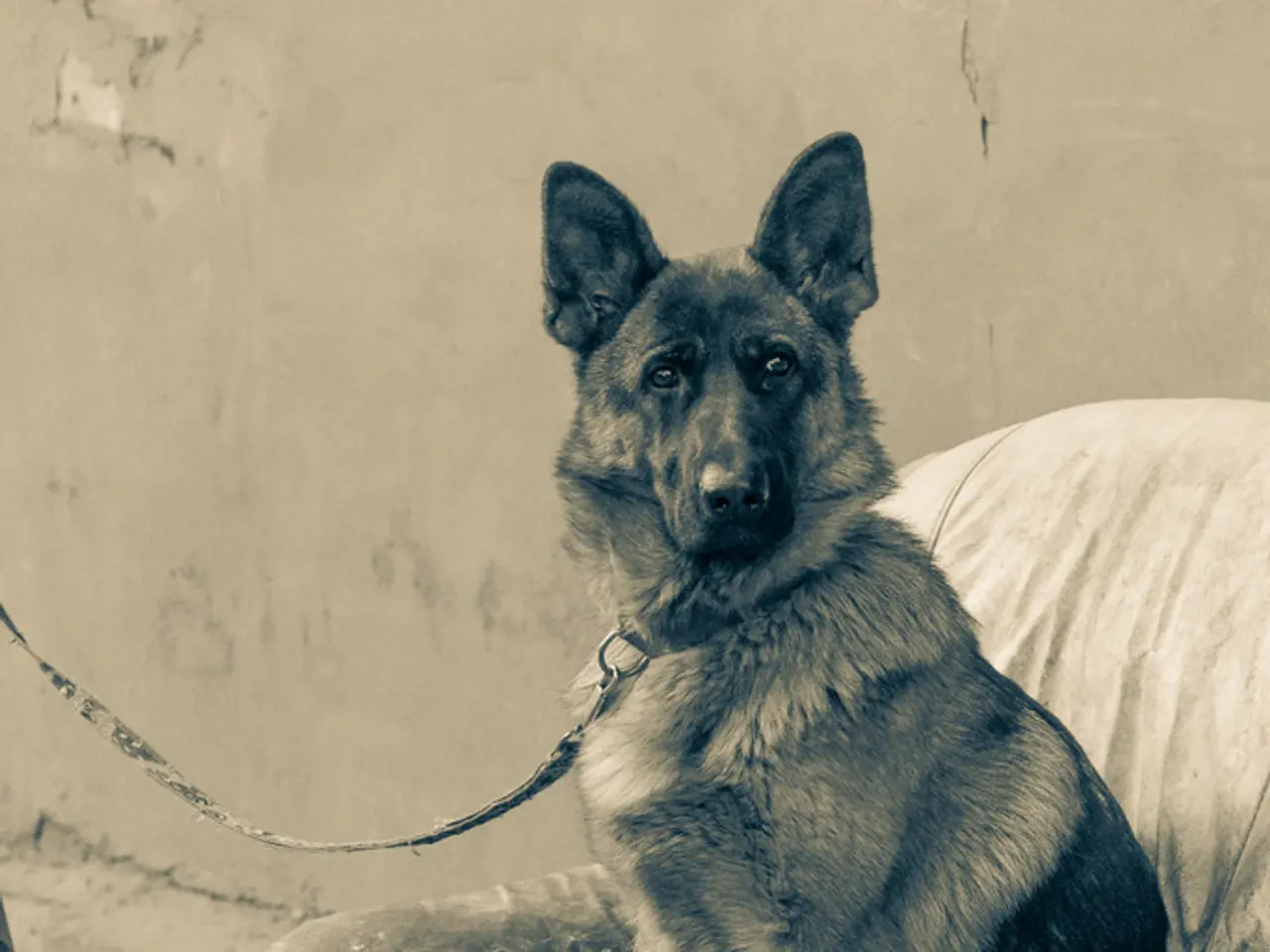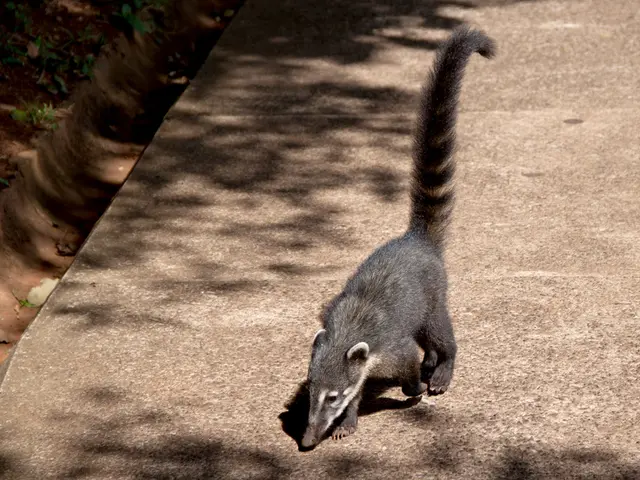Kazakhstan Constructs a Facility for Resurrecting Domestic Animal Species: Protection of Tazy is in Progress
The Kazakh Tazy breed, a traditional sighthound historically used for hunting and valued in Kazakh culture, has taken a significant step forward in its preservation with the opening of the Aina Bulak center in the Zhetysu region, scheduled for September 2025.
The center, which will house Tazy dogs and focus on comprehensive scientific work for their preservation and revival, is a significant development in the conservation efforts for this ancient breed. The International Canine Federation provisionally recognized Tazy as a separate breed last year, granting Kazakhstan the status of its standard keeper.
Ernar Muptekeev, an Almaty resident and active Tazy breeder, is one of those dedicated to preserving the breed for future generations. Mr. Muptekeev currently has 17 Tazy dogs under his care. The care of each Tazy dog is a serious responsibility, requiring approximately 20,000 tenge per month for food alone, and each Tazy requires mandatory training and hunting at least twice a week to stay fit.
The Aina Bulak center will be equipped with a quarantine zone, a veterinary clinic, pavilions for Tazy housing, and an administrative building. The center aims to study heredity, select for breeding programs, and monitor the purity of the Tazy breed, ensuring each Tazy dog lives comfortably and receives proper care.
The Kazakh Tazy's rich history dates back to ancient times, accompanying nomads even during the Iron Age. Despite limited direct comprehensive scientific literature specifically on the preservation of the Kazakh Tazy breed, the breed's cultural significance is well-established. The authentic Tazy should have a specific physical appearance, including a right head, elegant ears, a broad chest, and a tail reaching the knee joint.
The official worldwide debut of the Kazakh Tazy breed occurred in August 2025 in the Finnish capital as part of the World Dog Show 2025. The opening of the Aina Bulak center marks another milestone in the conservation and global recognition of this traditional Kazakh breed.
While there is a lack of detailed breeding programs or future conservation plans explicitly documented for the Kazakh Tazy breed in current open-access scientific literature or cultural archives, insights from related genetic and conservation studies on other Kazakh dog breeds, such as the Kazakh Tobet, provide relevant insights. These insights include the importance of maintaining genetic diversity, protecting against uncontrolled crossbreeding, and focusing on the preservation of traditional traits adapted to the Kazakh steppe environment.
For an in-depth scientific comprehensive work specifically on Tazy, further targeted studies and breed-specific conservation documentation would be necessary. However, the opening of the Aina Bulak center is a promising step towards ensuring the survival and recognition of the Kazakh Tazy breed in the modern world.
The Aina Bulak center, designed to be a hub for Tazy dogs, plans to implement advanced science-based therapies and treatments, focusing on their genetic studies and breeding programs. This center is not limited to Tazy's physical well-being, as it also aims to promote a health-and-wellness lifestyle for its residents, ensuring they remain fit through regular training and exercises. Furthermore, recognizing the integral role pets play in many people's lives, this center can serve as a valuable resource for pet lovers and enthusiasts interested in the Kazakh Tazy breed.





